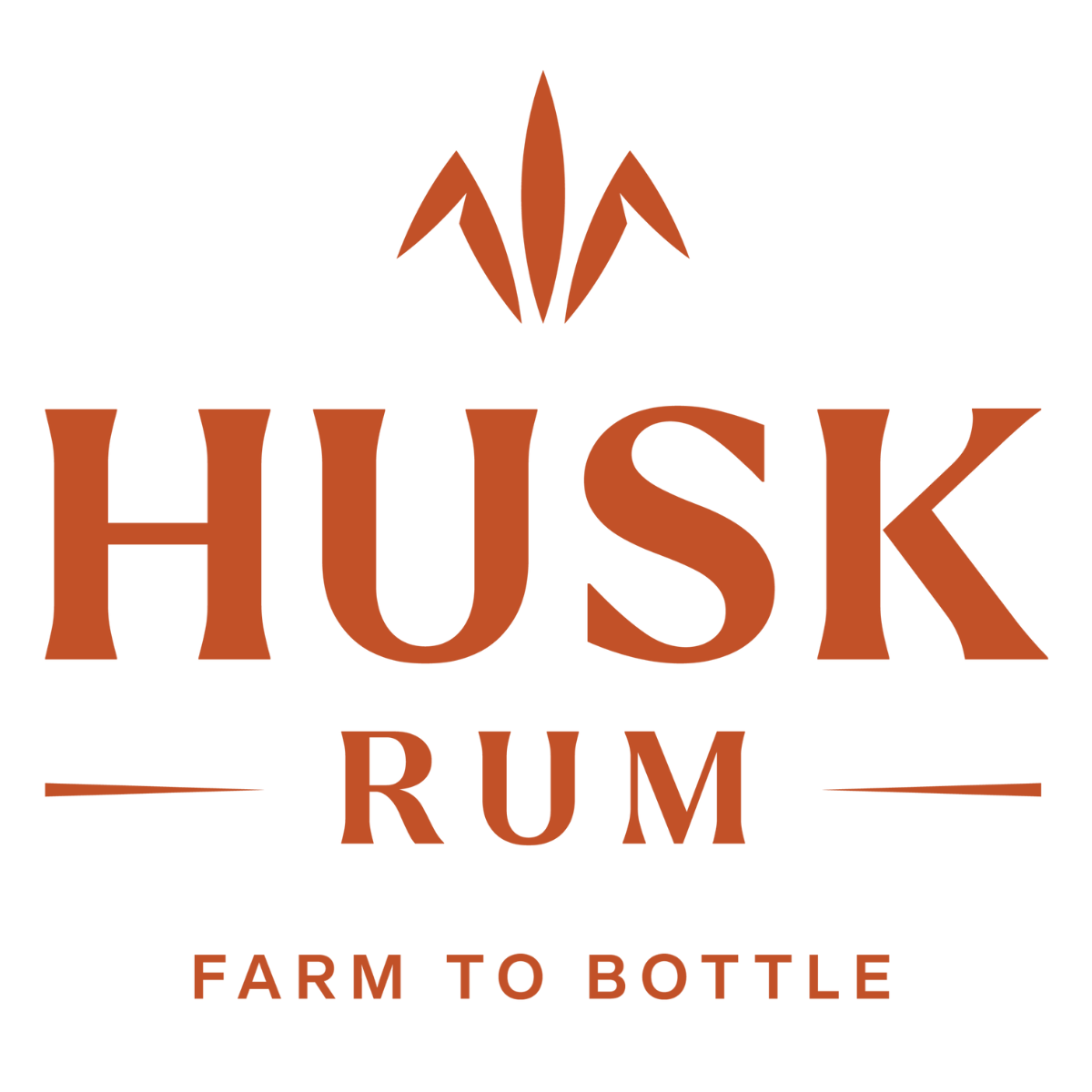Interview with our Landscape Architect: Duncan Gibbs
People often comment on the landscape design at Husk - the courtyards, the lawns, the garden beds and the views out towards the paddocks to the river from one side and towards the old dairy and the large fig tree to another.
Harriet sat down with Duncan Gibbs, a local landscape architect who did the landscape design at Husk, and he tells us about what went into creating the space.
Duncan Gibbs, landscape architect
HM. Tell us about the thought process that went into the landscape design at Husk Farm Distillery.
DG: I aimed to create a distinct sequence of spacial experiences, view lines, moments of pause and engagement.
HM. Talk us through that sequence of spacial experiences, starting at the entrance and working your way into the distillery.
DG: The entrance is a hint of what’s to come and gives you a sense of the landscape with the use of the large rocks which were pulled from the excavation on the farm during the distillery build, and recycled into the opening statement signage. This tells the story of Husk - all about of the land and the provenance of the property.
One day not too far away it will be a beautiful fig lined avenue, with view out underneath the canopy to the paddocks beyond, climaxing in the big Illawarra Flame Tree in the centre of the round about.
The forecourt has been configured as a series of revealed experiences, so that your initial focus is on the cellar door facade, then turning the corner your view is drawn down towards the ancient fig tree at the end of the long terrace, which is lined with a ridge of native rainforest plantings.
The ancient fig tree at the end of the long terrace.
The courtyard is made up of a series of both practical and aesthetic elements - the provision of shade under the pavilions, the sensory experience of water in the fountains. The courtyard plantings, which relate to the botanicals used in the spirits, also set up the framing of the next long view, down the paddocks to the river.
The big grassed terrace is designed to be an extension of the forecourt, reaching out into the rural landscape and establishing a large base landscape for the distillery buildings as well as being a relaxed space for picnic style sipping.
HM. How did you decide which plant species to use in the landscaping?
Feature trees like lemon myrtle emerge out of garden beds filled with garnish plants like rosemary, lavender and native Blue Flax Lilly, which grows edible berries.
DG: I tried to keep to local rainforest species from low land rainforest ecosystems which are highly endangered. The Marc’s Cassia is only found in the wild on Stotts Island, just a few kilometres downstream. Other rainforest species like the lemon myrtle is also native to this area and is used as a key botanical in Ink Gin, so using lemon myrtle was a no-brainer. Crow’s Ash and Coolamon trees are also used as both feature and amenity trees, as they provide shade.
Mandy put her flair on the garden beds as well, with lavender, rosemary, herbs, native ginger, citrus and edible flowers combining to create ‘potager’ garden beds, which can be used in the bar to incorporate into cocktails.
To see more of Duncans’s work, visit his website here OR follow him on Instagram here.



